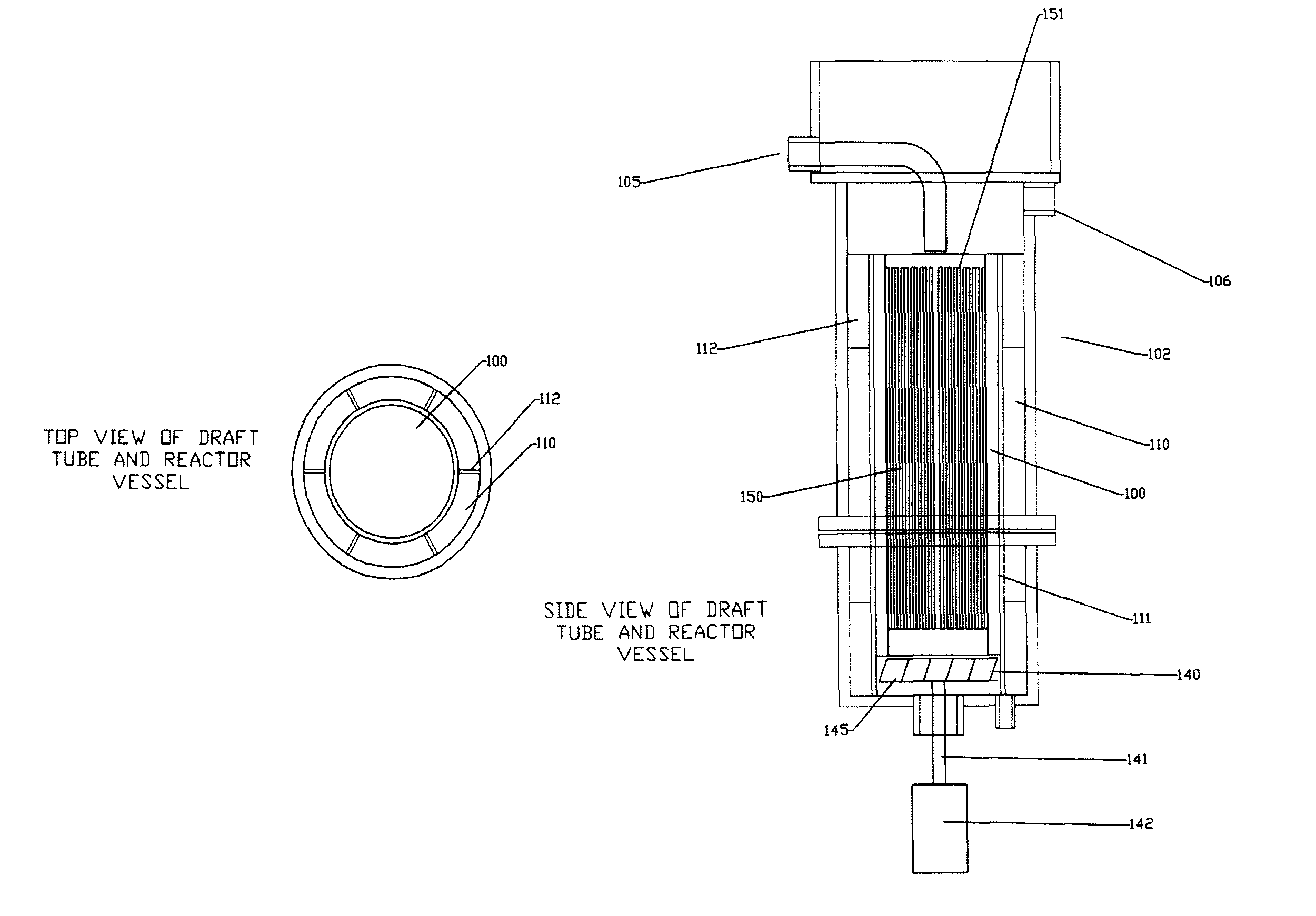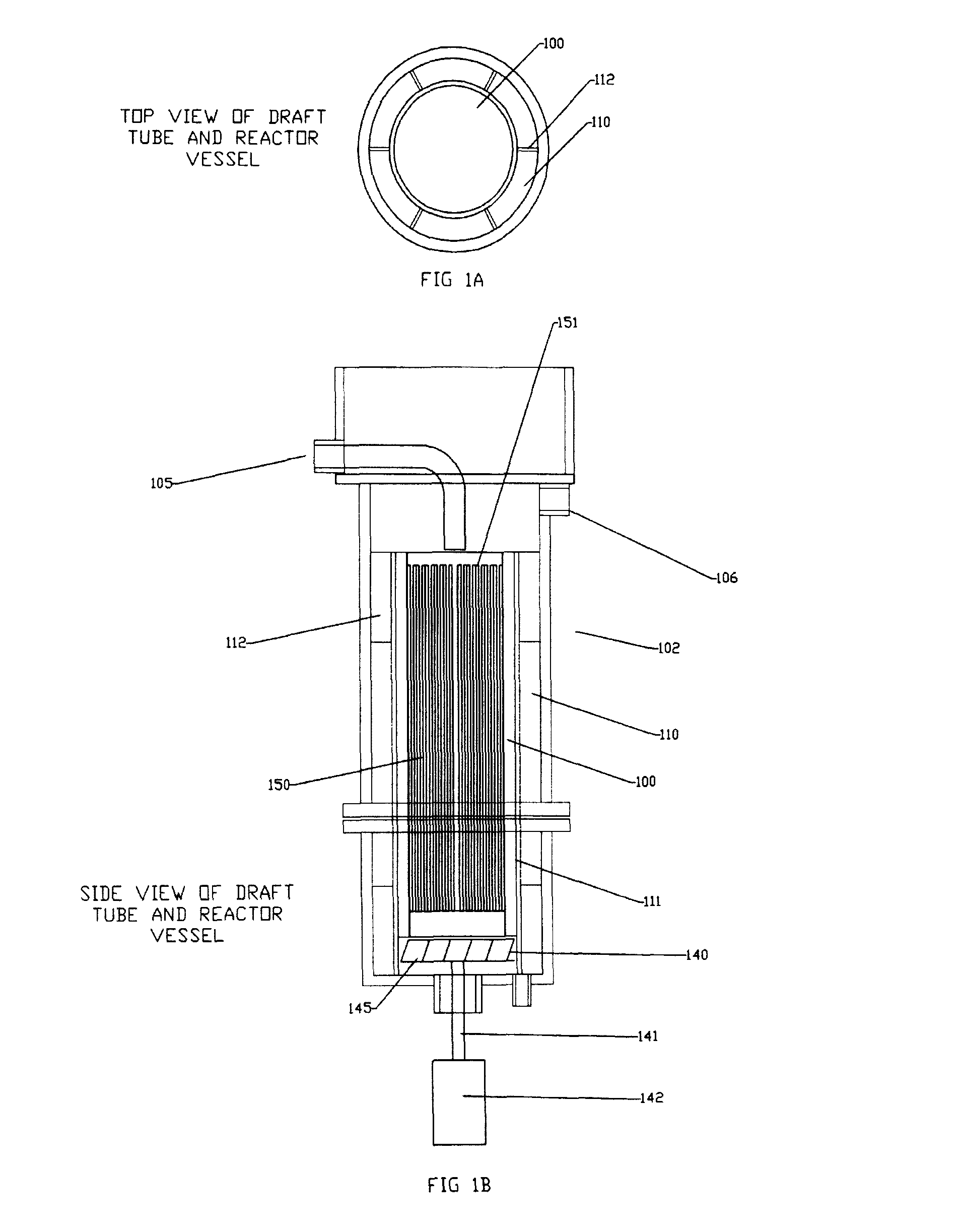Generation of chemical reagents for various process functions utilizing an agitated liquid and electrically conductive environment and an electro chemical cell
a technology of electrochemical cell and agitated liquid, which is applied in the field of process streams, can solve the problems that water from pressure washing operations is no longer permitted to be disposed of on land or down storm sewers, and achieve the effect of reducing the amount of water
- Summary
- Abstract
- Description
- Claims
- Application Information
AI Technical Summary
Benefits of technology
Problems solved by technology
Method used
Image
Examples
Embodiment Construction
[0021]It is the intention of this disclosure to describe a method and apparatus that can be configured in various embodiments and that will have a broad range of applications. These can range from potable water, municipal waste waters, industrial process waters, industrial waste water, cleaning solutions, chemical reaction processes or by-products (industrial and medical), electrical production, hydrogen production, as well as other applications.
[0022]The limitations of the electro-coagulation process and apparatus are removed or diminished by the method and apparatus of the present disclosure. In contrast to the detailed fabrication requirements and tolerances of the prior art electrolytic cell, the present disclosure provides for simplified fabrication of the reactor vessel and plates as well as ease of insertion / removal and maintenance of the plates while in service. Fabrication is simplified and requiring less rigid tolerance due to the decreased surface area requirements of the...
PUM
| Property | Measurement | Unit |
|---|---|---|
| electrically conductive | aaaaa | aaaaa |
| width | aaaaa | aaaaa |
| liquid | aaaaa | aaaaa |
Abstract
Description
Claims
Application Information
 Login to View More
Login to View More - R&D
- Intellectual Property
- Life Sciences
- Materials
- Tech Scout
- Unparalleled Data Quality
- Higher Quality Content
- 60% Fewer Hallucinations
Browse by: Latest US Patents, China's latest patents, Technical Efficacy Thesaurus, Application Domain, Technology Topic, Popular Technical Reports.
© 2025 PatSnap. All rights reserved.Legal|Privacy policy|Modern Slavery Act Transparency Statement|Sitemap|About US| Contact US: help@patsnap.com



